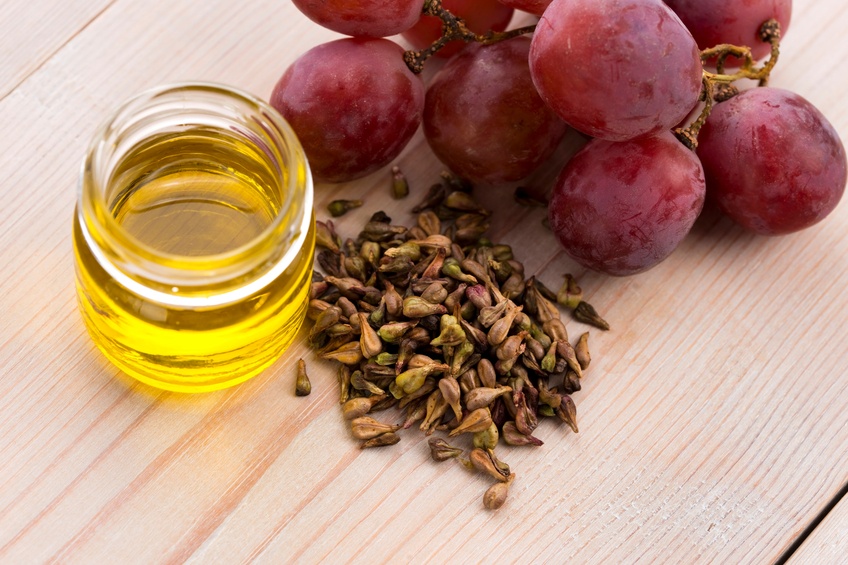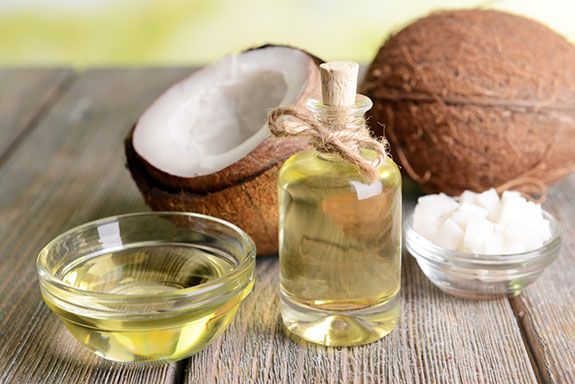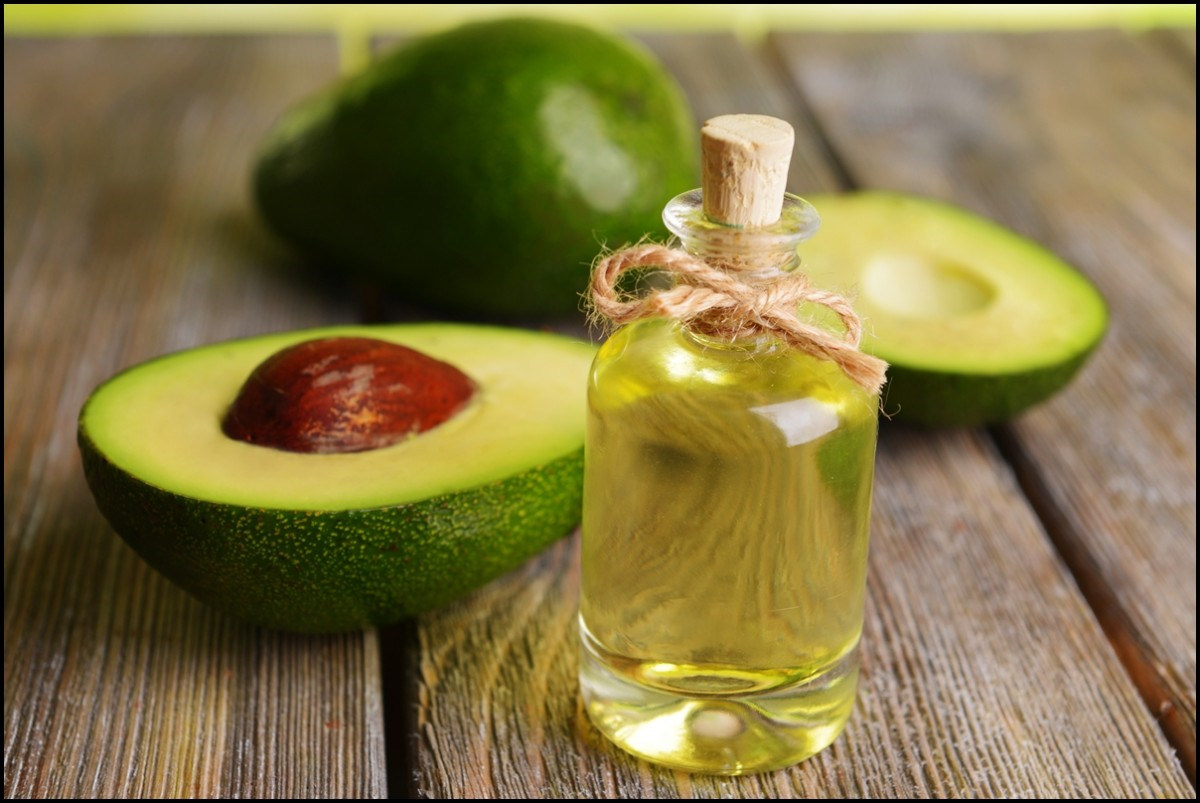
Me: Do you moisturise and seal your hair regularly in between your wash days?
Client: yes I do, very regularly
Me: That’s good, so what products do you use to moisturise your hair?
Client: coconut oil
Me: oh!!!, I mean before sealing with the coconut oil what do you use to moisturise your hair?
Client: well, the label of my coconut oil says it can be used to moisturise hair so I just use it alone
Me: Erm…….
Hello ladies,
My post this week is inspired by the conversation I had with one of my consultation clients.
I recall before my hair journey, I would spend what felt like a lifetime in the hair product aisles trying to find a product to stop the extreme breakage I was experiencing. Reading through the product descriptions, many claimed to do it all…. give your hair strength whilst making it soft, stop breakage and repair split ends, protect my hair from heat damage and so on….all in one product.
Each would present itself as the messiah to all my hair problems and I would leave the store with my purchases hopeful that I’d found the holy grail product. Well fast forward many years later, I know better and many of you do too.
It is better to know what hair needs and what product ingredients are able to meet these needs. This is the best way to avoid being misled by product labels. In this post I will be talking about penetrating oils (which some people refer to as moisturising oils) and partially penetrating oils. I will also give advice on how best to use them in your hair regimens.

Penetrating Oils and Their Benefits
In general, each strand of hair has three layers, the cuticle (the outer most layer) the cortex ( the middle layer) and the medulla ( the innermost layer).
The structure of some oils allows them to penetrate through the layers of our hair strands gradually over time. So when used on our hair as a sealant, they initially form a good seal however these oils will gradually sink into our hair fibres and the seal will not be as good, ie moisture will be able to escape from or be absorbed into our hair when the sealing effect is reduced.
Penetrating oils do have some moisturising properties however please note that for black hair care purposes, used alone, they may not provide adequate hydration for our thirsty locks.
Benefits Of Penetrating Oils
Hair absorbs water when being washed and it often swells to the point that the cuticle layer will begin to crack and split with regular washing. This is known as hydral fatigue. Hair that has damaged cuticles tends to look rough and frizzy and will be more prone to tangling.
The key benefit of penetrating oils is that they helps to prevent hydral fatigue when used as a prepoo. Coating your hair with a penetrating oil like coconut oil and giving it an hour or two to penetrate into the hair fibres will prevent your hair from absorbing too much water during the washing process.
Using a penetrating oil as a pre-poo reduces the risk of hydral fatigue thereby preserving the hair fibre and helping to prevent protein loss. This helps hair remain healthy looking and keeps it feeling smooth.
Penetrating oils can also be mixed in with your deep conditioner and used for oil rinses.

Partially-Penetrating Oils and Their benefits
These oils only penetrate the outer layers of hair fibres and for this reason they tend to work really well as sealants. Partially penetrating oils tend to give hair shine and lubrication so that it tangles less. Some examples of partially penetrating oils are olive, avocado, grapeseed, argan oils, etc.
If your hair tends to get dry very quickly after you have moisturised and sealed you may want to try a partially-penetrating oil because it creates a more long lasting seal, it will trap the moisture in your hair for longer.
I hope you have found this post informative and helpful. What oils do you use for your pre-poo and as a sealant? Are there some oils that work better for you than others? Please share.
The next post which will be my hair update post will be up next. See you soon
X
Lade
Learn | Change | Grow

Hi Lade, thanks very much for such an article. It couldn’t have come at a better time! In fact, I stumbled upon various articles on moisturising/penetrating versus sealing oils yesterday and I’ve been in such a dilemma. Most of the articles pointed out that sealing oils shouldn’t be applied to the scalp because of obvious reason (seal the scalp). Please what is your take on this? Any examples of good oils for the scalp as the ones I know such as JBCO and jojoba oil are said to be sealants?
Any other example(s) of penetrating oils other than cocount oil?
Author
Hello Awurabee
My pleasure, thank you for actually reading it 🙂
With regards to oil on the scalp, technically oils should not be used on the scalp. The “tradition” of scalp oiling is actually unnecessary, very light hair mists and lotions is what should be applied to the scalp to moisturise it not oils.
Oils however can be beneficial if applied for scalp massages. Any oils applied to the scalp for massage should be in such small quantities that there will be no worries about your clogging or sealing your hair follicles with oil.
Personally I use about 1 teaspoon of JBCO mixed with a few drops of rosemary and peppermint oil for my scalp massages and have only had great results from it.
Coconut oil is one of the most penetrating oils I am aware of. Most other oils are partially penetrating to various degrees so for example olive oil is far more penetrating than grapessed oil.
I hope all the above helps
x
Lade
Hi Lade, your blog has been very educational to me and I just want to thank you. Started reading it in November last year and since then there has been such a difference to my hair. Its healthier and the hair left on my comb on wash days is mostly shed hairs. Still some breakage though and that’s due to lack of moisture. Any advice for hair that refuses to absorb moisture? Anything I seem to put on my hair just sits on top of the hair and my hair is dry but greasy. I have 4C type hair
Author
Hello Basani
Thank you so much for the feedback. I am happy your hair is in a better state and that you are making efforts to care for it well.
The first thing I would suggest is that you make sure your hair products are actually water based not oil based. Oil based products will sit on top of your hair rather than be absorbed by your hair. Also, you may also need to use a clarifying shampoo if you have product build up on your hair that is preventing your products from being absorbed.
I hope this helps
x
Lade
Hello Lade,
Let’s just say that I couldn’t have picked a better time to catch up on your blog. This post and that on porosity are very timely.
I naturally do not have very soft hair but something kept drying out my hair even more. I suspected coconut oil to be the culprit. I discontinued its usage and I’m about a month gone. I think it may have been my best decision yet. I need a replacement however so I’m currently experimenting with safflower oil. I find it has great slip for detangling and is a good prepoo. But I use it for everything including sealing. Have you heard about safflower oil? Under which of the categories above do you think it falls?